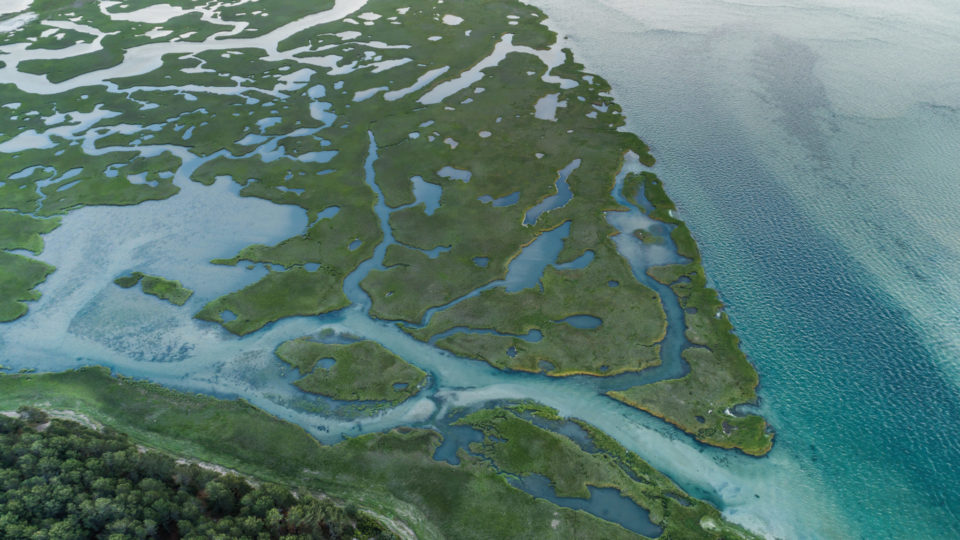New EU rules on certifications for carbon removals can help to mobilise private sector funding for the restoration of wetlands, however EU legislators need to ensure the way carbon removals are certified contributes to the EU’s climate and environmental objectives and protects nature.
Wetlands International Europe welcomes that the Commission has published a legislative proposal on establishing an EU regulatory framework for the certification of carbon removals. The framework, published on 30 November, aims to monitor, report and verify the authenticity of activities that remove carbon from the atmosphere by certifying them.
We support the establishment of a voluntary carbon market for safeguarding and restoring wetlands to mobilise private funding to leverage the restoration of wetlands. It is essential the Commission’s certification framework for carbon removals provides an enabling environment to rapidly scale up wetlands and peatland restoration across Europe. If it provides sufficient guarantees, the framework can help to mobilise private sector funding at a scale and speed required for the urgent conservation and restoration of wetlands.
It is essential the Commission’s certification framework for carbon removals provides an enabling environment to rapidly scale up wetlands and peatland restoration across Europe. If it provides sufficient guarantees, the framework can help to mobilise private sector funding at a scale and speed required for the urgent conservation and restoration of wetlands.
The goal of the proposed rules is to facilitate voluntary investments in carbon removal activities and contribute to the EU objective for climate-neutrality by 2050 set out in the European Green Deal. The Commission’s Communication on Sustainable Carbon Cycles, which forms part of the basis for this proposal, stresses the importance of “enabling a business model that rewards land managers for carbon sequestration in full respect of ecological principles (…)”.
Carbon removal can be defined as a human activity that removes CO2 from the atmosphere and durably stores it in geological, terrestrial or ocean reservoirs. The definition of carbon removal in the legislation will be crucial to ensure sustainability of the carbon removal activity and that carbon farming, for instance, will not damage biodiversity and ecosystems. It shall have a neutral impact on, or generate co-benefits, for different sustainability objectives.
Healthy wetlands store vast amounts of carbon in their soils and biomass but they can become a huge source of emissions when degraded. Peatlands, although they cover only 3 % of the world’s terrestrial area, are the largest terrestrial carbon stores, storing twice the amount of carbon present in all forest biomass. Nature-based solutions – including peat and coastal wetland conservation as well as restoration activities – could generate up to 12 billion tonnes of CO2 equivalent (tCO2e) in mitigation benefits per year. Europe’s carbon market is growing significantly, with particular demand for nature-based carbon credits. These market dynamics are appealing for the financing of large-scale restoration of different wetland ecosystems:
- Peatland restoration: When wet, peatlands store sequestered carbon for decades, centuries or even millennia. Science-based monitoring schemes to calculate greenhouse gas emission reductions from peatlands are available, like the Greenhouse Gas Emission Site Types (GESTs), developed by the Greifswald Mire Centre, a Wetlands International Europe member. For more than 10 years, GESTs have been implemented under MoorFutures (the world’s first voluntary carbon crediting scheme for peatland rewetting) in north-eastern Germany. The scheme is being further developed in northern Germany and the Baltic sea region. An EU Carbon Removal Certification framework, as proposed by the Commission, should strongly support the further development of this evidence-based approach.
- Mediterranean wetland restoration: Well-preserved Mediterranean Wetlands have a high potential capacity per hectare and per year to fix and keep carbon in their sediments. The financing of large-scale blue restoration projects in this region via a voluntary certification framework may support carbon removal in Mediterranean wetlands.
The European Parliament and Council will now assess the proposal in a first reading. Together with the European Commission, they need to ensure, once implemented, new EU carbon removal certification rules contribute to protecting and restoring nature, including our vital wetland ecosystems.

